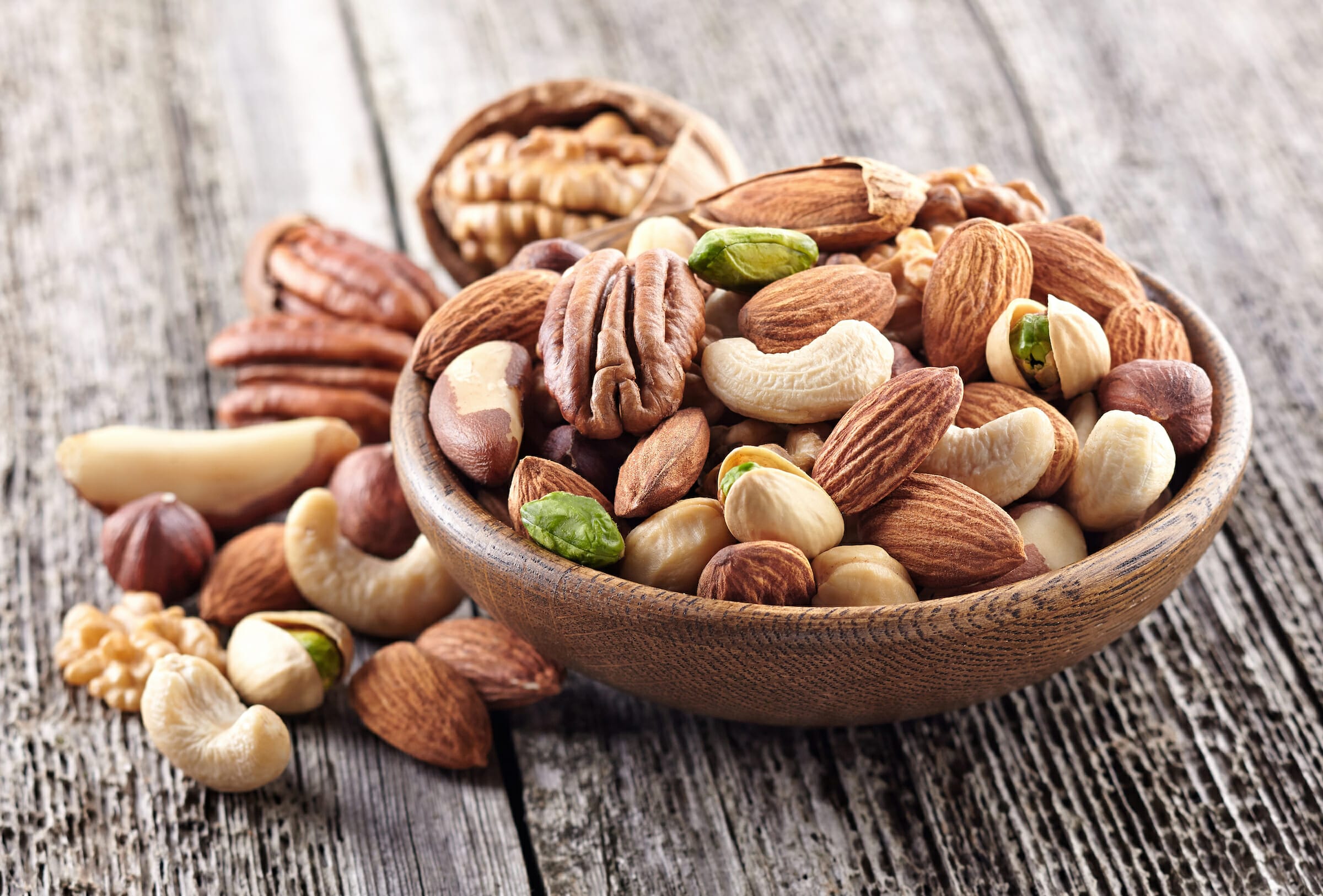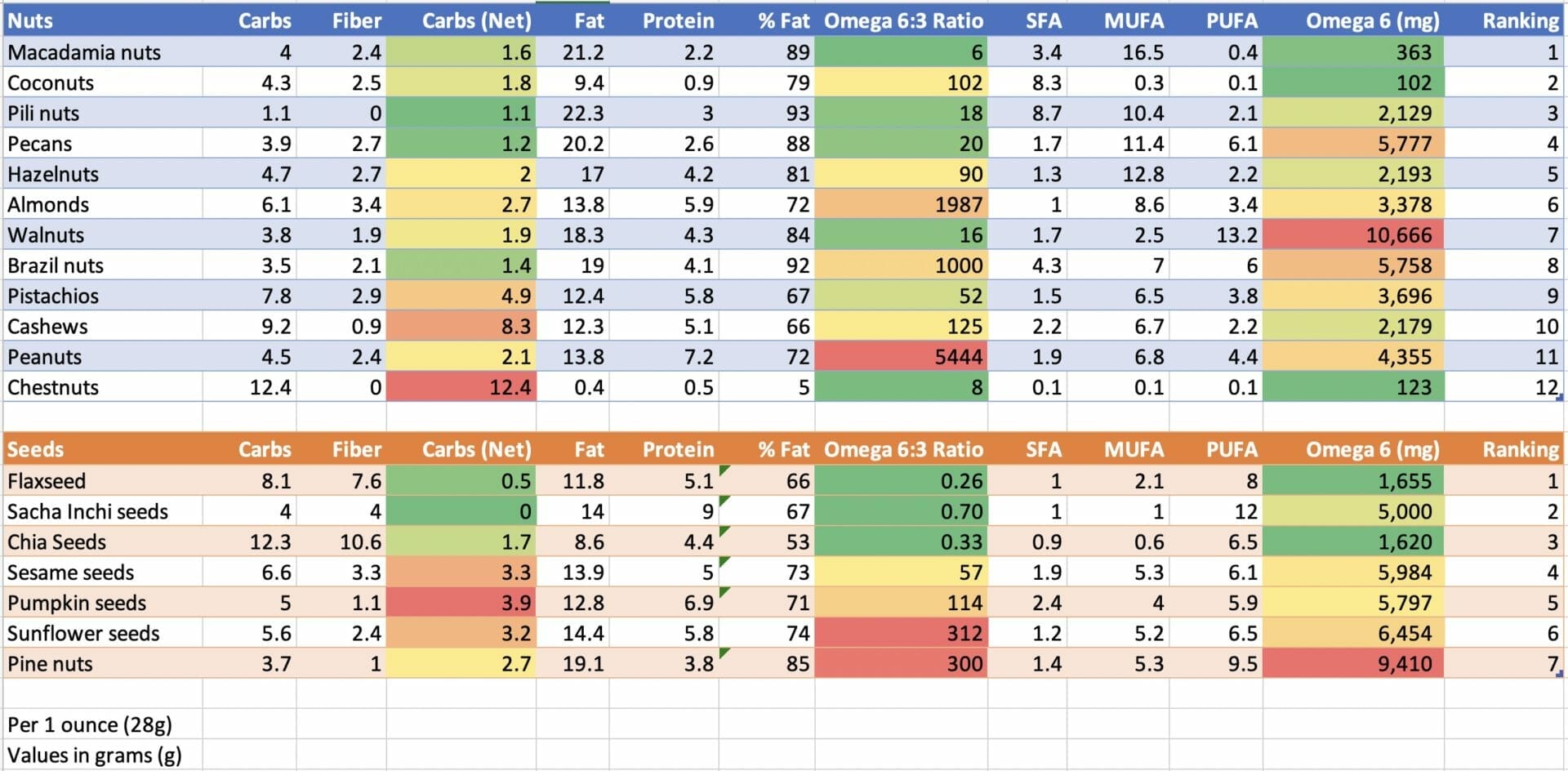Nuts and seeds are popular food choices on the ketogenic diet because most nuts are naturally high in fat and micronutrients. However, most nuts also contain antinutrients that reduce or prevent the absorption of important minerals, while others are high in inflammatory omega-6 fatty acids and blood-sugar-raising carbohydrates.
In this article, I’ll explain which types of nuts are best if you’re following a keto or other low-carb diet, based on their macronutrient profile, their fatty-acid composition, and a few other important criteria.
The Pros and Cons of Nuts and Seeds
If you don’t have time to read the full article, here are a few key takeaways that can help you select healthy and keto-friendly nuts:
- Roasted, sprouted or fermented
- Low in carbohydrates
- High in omega-3 and low in omega-6
Focusing on the characteristics mentioned above leaves you with only a handful of choices. My favorite low-carb nuts and seeds are:
- Macadamia nuts
- Pili nuts
- Coconuts
- Chia seeds
- Sacha inchi seeds
Why Nuts Are Keto-Friendly
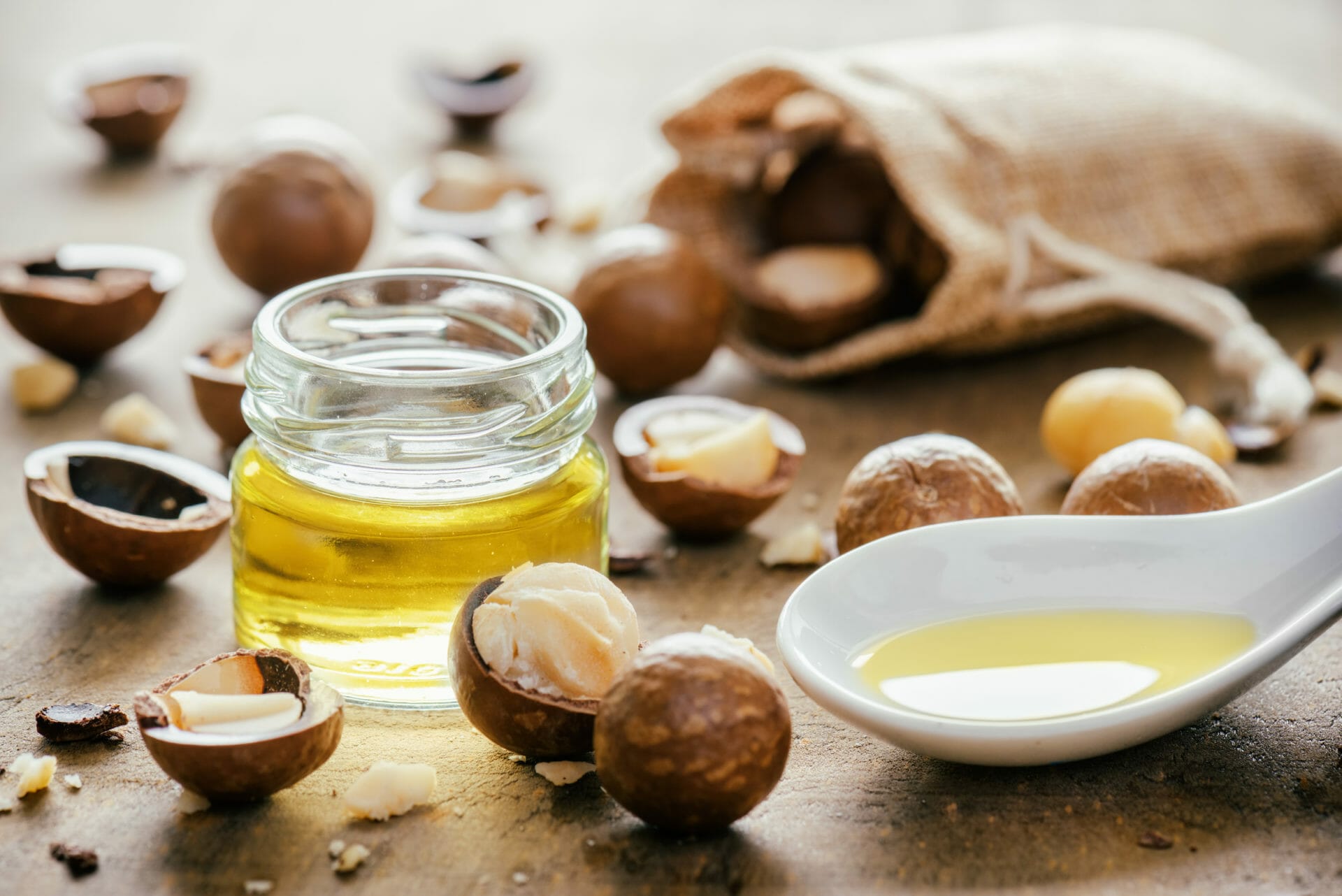
Many keto dieters associate nuts and seeds with keto-friendly foods because they’re excellent sources of fat and provide moderate amounts of plant-based protein.
Additionally, nuts and seeds are packed with micronutrients such as vitamin E, B vitamins, minerals (calcium, copper, iron, manganese, magnesium, potassium, selenium and zinc) and phytochemicals.
The nutritional value of nuts and seeds is one of the reasons why governmental and non-profit organizations, such as the American Heart Association (AHA), often promote their consumption as a heart-healthy snack alternative.
- Good source of fat
- Source of protein
Unfortunately, most of those recommendations are based on epidemiological or observational studies that are meant to establish a hypothesis rather than a scientific fact. But due to the lack of food-related clinical trials, we often falsely accept an association as a fact.
If that sounds complicated, check out this article by Chris Kresser on the perils of observational epidemiology.
The reason why I’m bringing this up is that while nuts and seeds do have some health benefits, and you can enjoy them in moderation on keto, they also have some drawbacks you should know about.
Why Keto-Friendly Doesn’t Always Mean “Healthy”
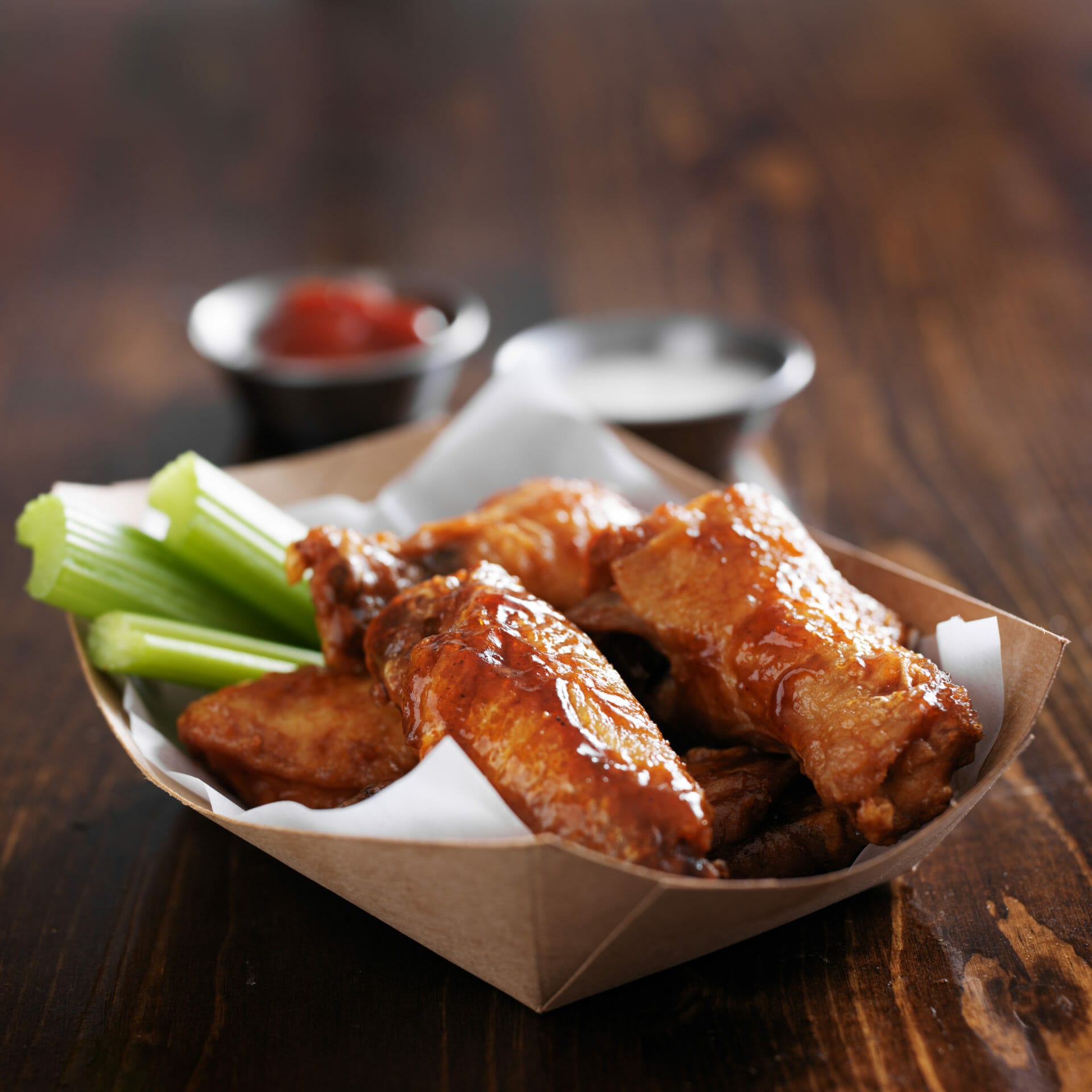
Eating keto-friendly food that’s high in fat and low in carbs is certainly a step in the right direction. But there are other factors to consider.
For example, soybean oil and sucralose are both keto, but the former is highly inflammatory and the latter can mess with your body’s glucose metabolism (as this study has shown).
As far as nuts and seeds are concerned, you should know that most nuts have disadvantageous nutritional properties, including:
- Carbohydrates that raise blood sugar
- Antinutrients that prevent mineral absorption
- Inflammatory omega-6 fatty acids
Let’s dissect those three cons and see what they mean in the context of a healthy dietary ketogenic lifestyle.
Carbohydrates in Nuts and Seeds

Most nuts and some seeds have a lot of carbs that the body converts into glucose (sugar). That glucose then triggers an insulin response by your pancreas.
When that happens, you’re likely to get kicked out of ketosis. That’s bad because the goal of a ketogenic diet is to remain in ketosis most, if not all, of the time.
In the long term, the more often you experience a spike in insulin levels, the more likely it is for your cells to become less sensitive to that glucose-storing hormone.
Plus, guess what your liver does with the glucose that your cells don’t need once they’re saturated?
That’s right — the liver converts excess glucose to fat and stores it around your organs and mid-section. That’s the visceral fat that dramatically increases your risk of developing metabolic diseases.
But what about the fiber?
It’s true that nuts and seeds are also good sources of fiber, which slows down the conversion of the carbs (that aren’t fiber) to glucose. But still, the fiber in nuts can only do so much to prevent your blood sugar levels from spiking.
The bottom line is that you should consume most nuts only in moderation. See below for a ranking of nuts with the lowest amount of net carbs.
Inflammatory Omega-6 Fatty Acids
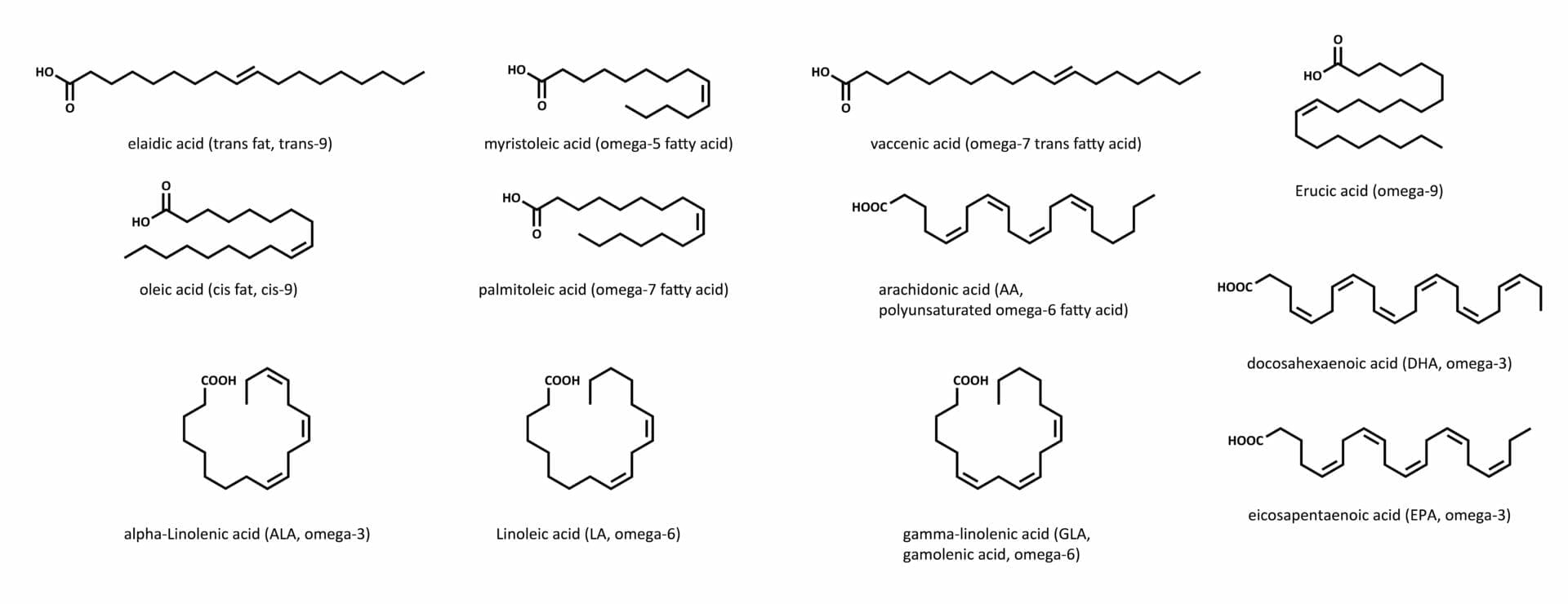
Most nuts and seeds contain different types of fatty acids (the molecules that make up fat), including saturated fatty acids (SFA), monounsaturated fatty acids (MUFA), and polyunsaturated fatty acids (PUFA).
Members of the PUFA family include omega-3 and omega-6 fatty acids, also known as α-linolenic acid (ALA) and linoleic acid (LA). Note how similarly they’re spelled, which is why people often confuse them.
Omega-3 is generally considered a healthy fat because of its anti-inflammatory properties. In contrast, omega-6 is inflammatory.
Both of those fatty acids play important roles in the human body. But if the balance is off (because you eat too much food that’s high in omega-6 fatty acids), chronic inflammation can occur, increasing your long-term risk of developing chronic diseases.
Omega-6 to Omega-3 Ratio
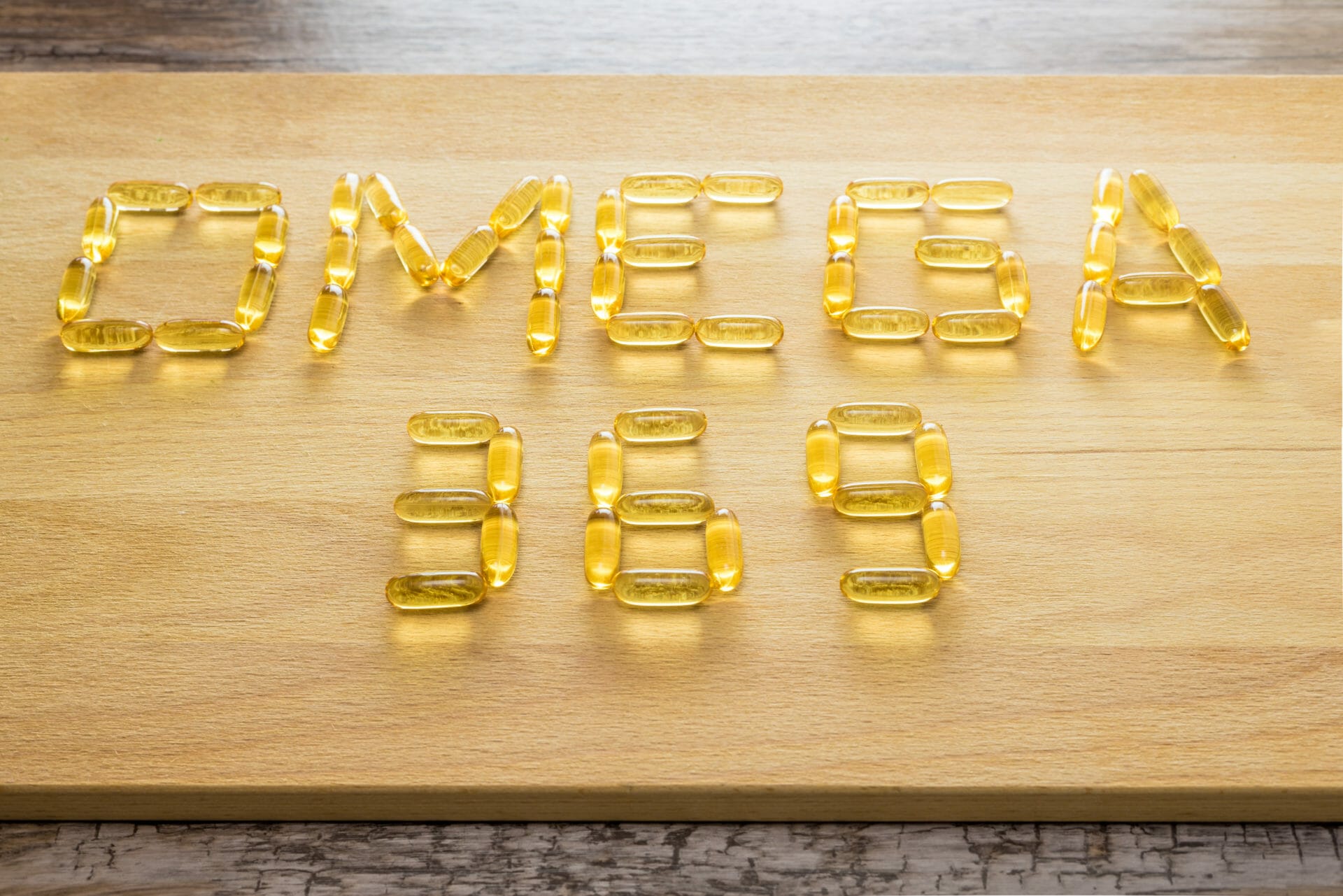
The ideal ratio of omega-3 to omega-6 is somewhere between 1:1 and 1:4.
Unfortunately, most Americans maintain a diet that’s much higher in omega-6s than omega-3s, thanks to hydrogenated vegetable and seed oils and grain-fed animal protein.
Most nuts and seeds have more omega-6 than omega-3. While that’s not a problem if you eat a handful of almonds twice a week, it can become an issue if you overindulge in foods rich in omega-6 without also consuming adequate amounts of omega-3s.
For example, peanuts — America’s favorite nut (which is actually a legume) — have an omega-6:3 ratio of 5444:1.
While I don’t recommend completely avoiding nuts with high amounts of omega-6 fatty acids (such as walnuts), I do suggest consuming them in moderation.
Additionally, you should definitely stay away from nut and seed oils because they lack the protective antioxidants that are present in raw or carefully-roasted nuts.
Antinutrients in Nuts and Seeds

The second issue with (raw) nuts is their antinutrient content. Some of the antinutrients found in nuts, such as phytic acid, bind to positively-charged minerals (including calcium, copper, magnesium and zinc) and thus prevent your body from absorbing them.
That means that even if certain nuts are rich in minerals, your body won’t be able to utilize them because of those antinutrients.
However, the lack of mineral absorption isn’t the only issue that arises. Check out this article to learn everything you need to know about antinutrients.
The good news is that most antinutrients can be reduced or eliminated via roasting, sprouting or fermenting. That’s why I recommend avoiding raw nuts (and nut butter made from raw nuts), despite their healthier appearance.
Instead, stick with products that contain roasted or sprouted nuts that have no (or fewer) antinutrients.
Top 10 Nuts For Keto
When I first started writing this article, I ranked the nuts simply based on their net carb content.
You can calculate the net carb content of any food by subtracting fiber and other non-caloric carbs (such as non-caloric sweeteners) from the total carbs.
The distinction between carbs and net carbs is important because consuming non-caloric carbs, such as fiber, doesn’t raise your blood sugar level and thus doesn’t trigger an insulin response.
However, then I realized that the label “low carb” wasn’t good enough. Instead, I decided to include additional ranking factors to account for the overall health benefits of nuts and their fatty acid composition:
- Net carb content: the fewer net carbs, the better.
- Omega-6 to omega-3 ratio: the closer the ratio is to 1:4, the better.
- PUFA content: a higher omega-6:3 ratio might be less of a problem if the nut butter doesn’t have a lot of omegas in the first place.
After applying these ranking factors, my top keto nut list changed significantly and now looks like this:
- Macadamia nuts
- Coconuts
- Pili nuts
- Pecans
- Hazelnuts
- Almonds
- Walnuts
- Brazil nuts
- Pistachios
- Cashews
- Peanuts
- Chestnuts
In reality, that means that the only nuts you might want to enjoy in greater amounts are macadamia nuts, which is bad news for your wallet because those nuts (and their nut butters) are expensive.
The macadamias are followed by less expensive nuts — such as pili nuts and pecans — that have higher amounts of omega-6 fatty acids.
All the other nuts on the list should only be consumed in moderation.
So now that you understand how I came up with my rankings — which might look entirely different from what you’ve seen on other sites — let’s dive into the details of each nut.
1. Macadamia Nuts
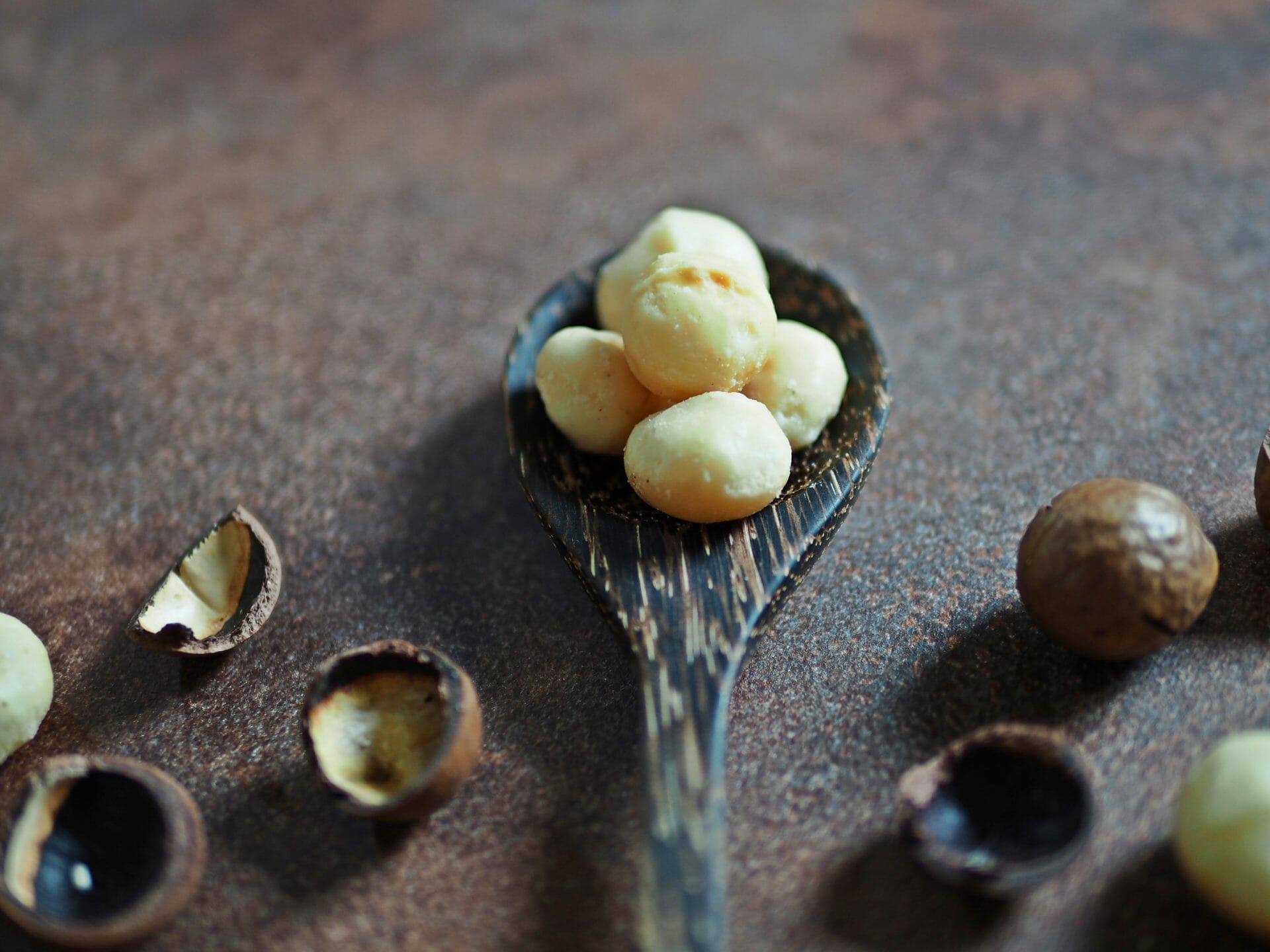
- High in monounsaturated fat
- Low in carbs
- Good omega-6:3 ratio of 6:1
- Low in PUFAs
- Expensive
Macadamias are arguably the king of nuts and their price tag reflects that title.
If you’ve been on keto for a while, you’ve probably heard of the benefits of macadamia nuts — and you may have even tried them.
Macadamias are indigenous to Australia. Besides their high fat and low carb content, they’re packed with iron, magnesium and potassium.
2. Pili Nuts
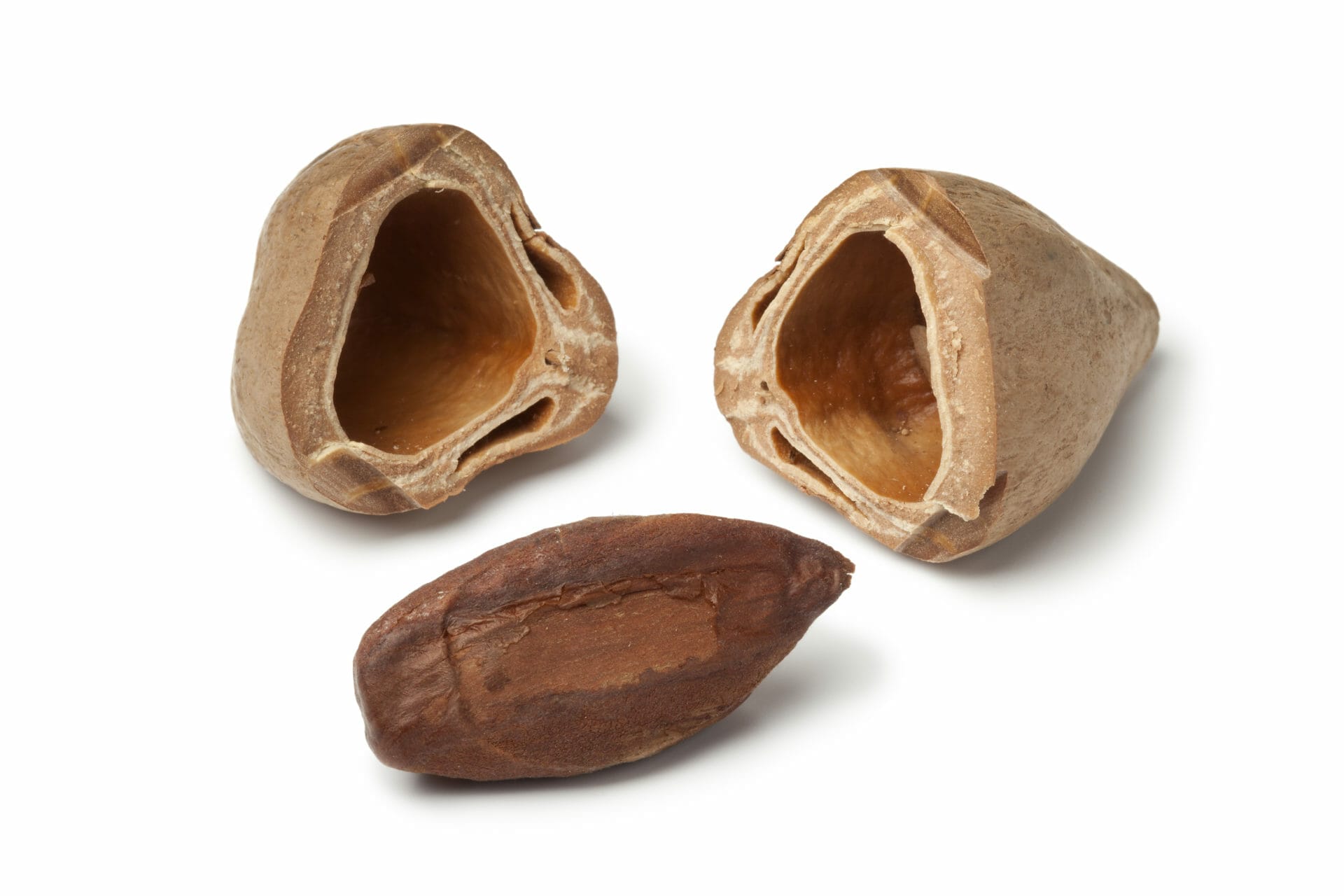
- High in monounsaturated fat
- Low in carbs
- Low in polyunsaturated fat
- 18:1 omega-6:3 ratio
Pili nuts are a tropical nut native to maritime southeast Asia, Papua New Guinea and northern Australia.
What’s so incredible about pili nuts is that they contain only 1.1 grams of carbs but 22.3 grams of fat. That means a whopping 93% of the calories in pili nuts come from fat (mostly saturated and monounsaturated fat).
Pili nuts are an excellent source of many micronutrients, including essential vitamins and minerals such as copper, manganese, magnesium, phosphorus, vitamin B1 (thiamin), vitamin B6 and others.
Pili nuts are also relatively shelf-stable because of their low unsaturated fat content.
That’s important for two reasons:
- Low amounts of PUFA means their omega-6:3 ratio of 18:1 is less of an issue because the overall amount of omega-6 fatty acids you get by eating pili nuts is low.
- Research has shown that rancidity, oxidized fats, and the resulting free radicals could increase the risk of developing chronic diseases in the long-term.
3. Coconuts
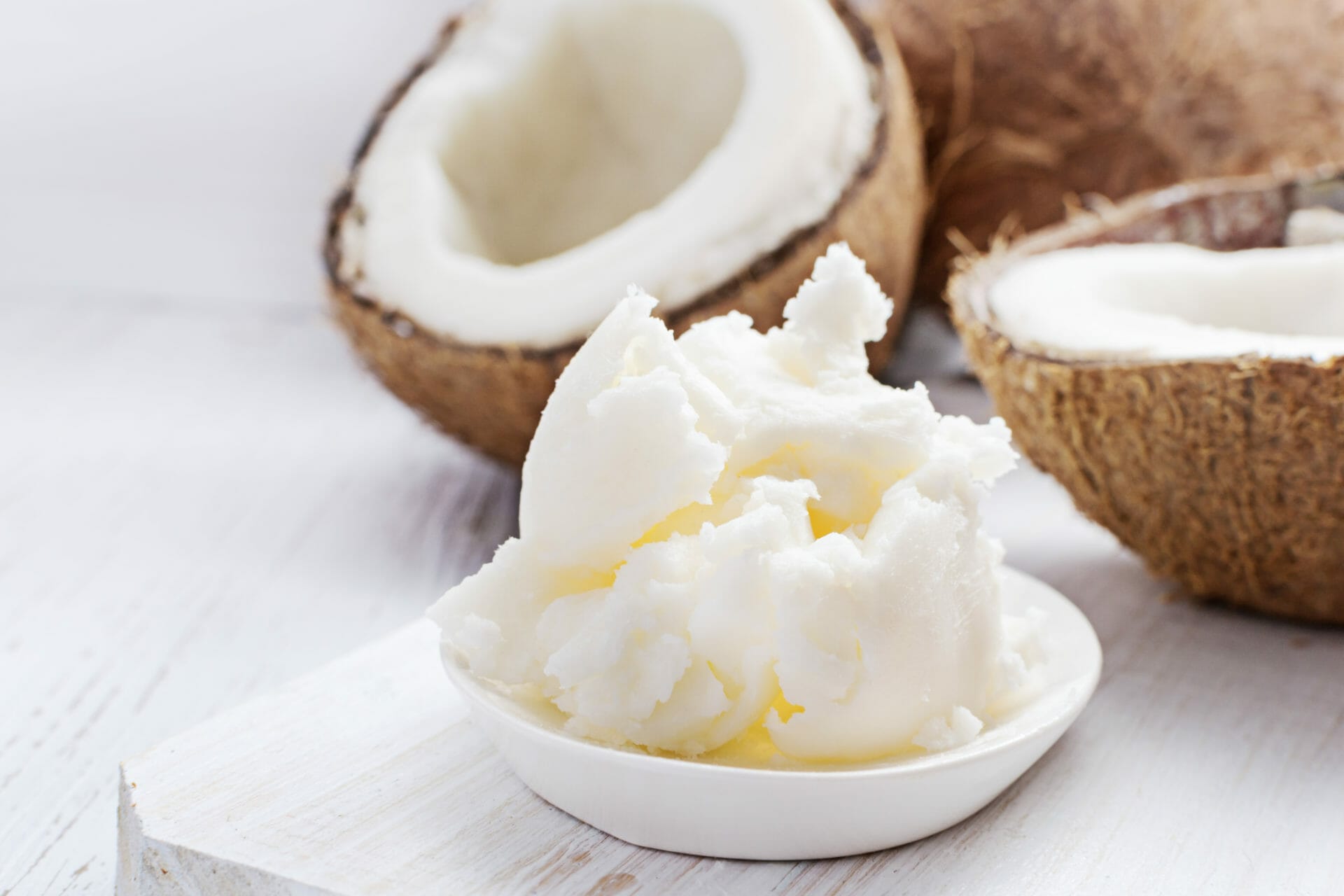
- High in saturated fat and MCTs
- Low in carbs
- Low in polyunsaturated fat
- Doesn’t taste like traditional butter
Coconut products are wildly popular in keto circles because coconut fat is rich in medium-chain triglycerides (MCTs), a form of saturated fatty acids.
MCTs — and caprylic acid (C8) in particular — are excellent fuel sources because the liver can quickly convert them into ketones.
Coconut fat and coconut butter have gotten a bad rap because of their high omega-6:3 ratio of 102:1. However, what many people don’t know is that coconut fat has very little PUFAs — about 0.1 gram per 28 grams.
4. Pecans
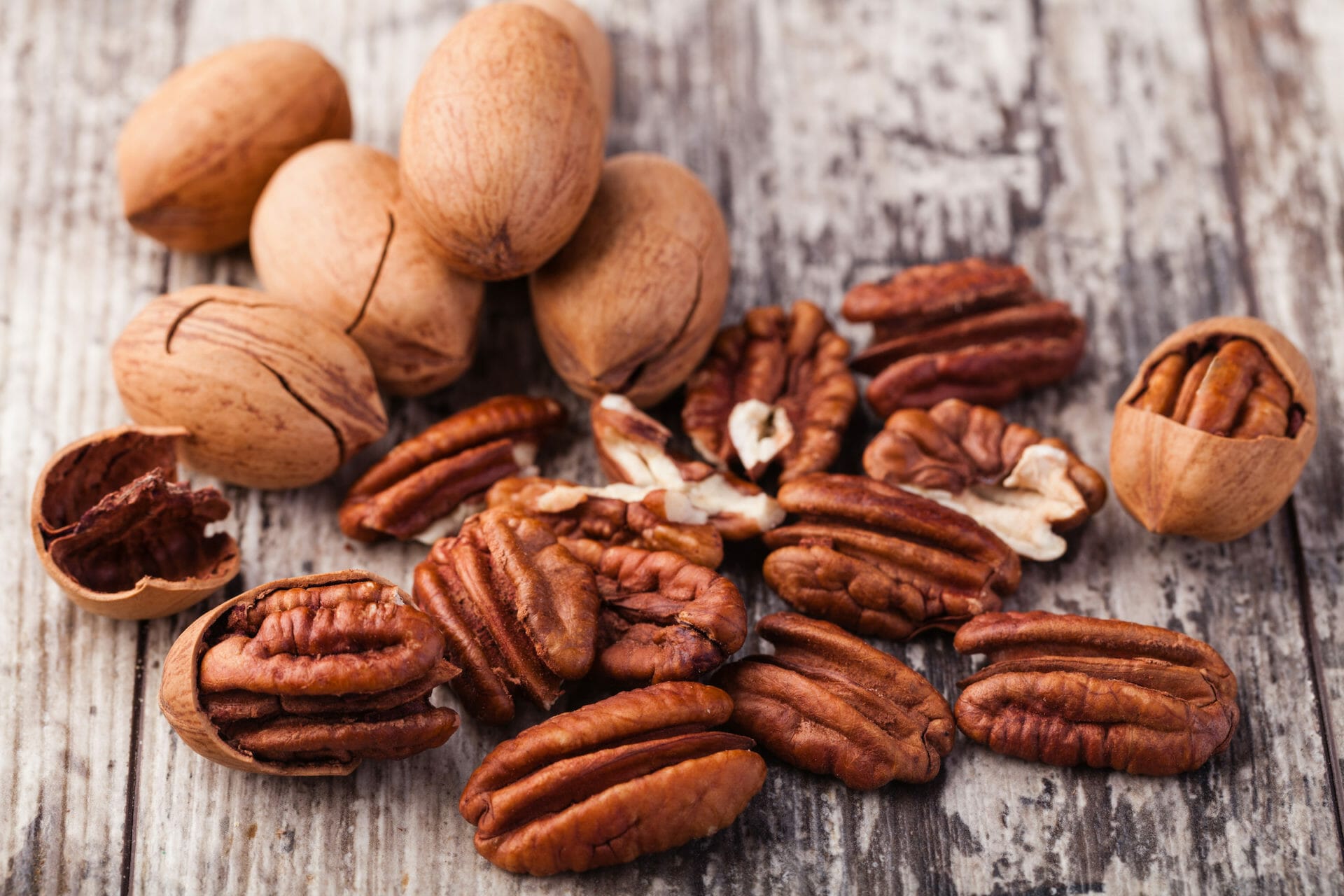
- High in monounsaturated fat
- Very low in carbs
- Omega-6:3 ratio of 20:1
- Higher in PUFAs
Pecan nuts are also incredibly low in carbohydrates and high in fat, making them an almost perfect keto nut.
Most of the fat in pecans is monounsaturated fat, followed by polyunsaturated fat. That makes pecans and pecan nut butter less shelf-stable than pili nuts.
Additionally, pecans have a higher omega-6 to omega-3 fatty acid ratio of 20:1.
That’s less than ideal if your intake of omega-6 fatty acids is too high, in comparison to your omega-3 intake, because it can cause inflammation (which ultimately leads to an increased risk of developing a chronic disease).
On the bright side, pecans are a rich source of micronutrients, including B vitamins, copper, manganese, magnesium, phosphorus and zinc.
5. Hazelnuts
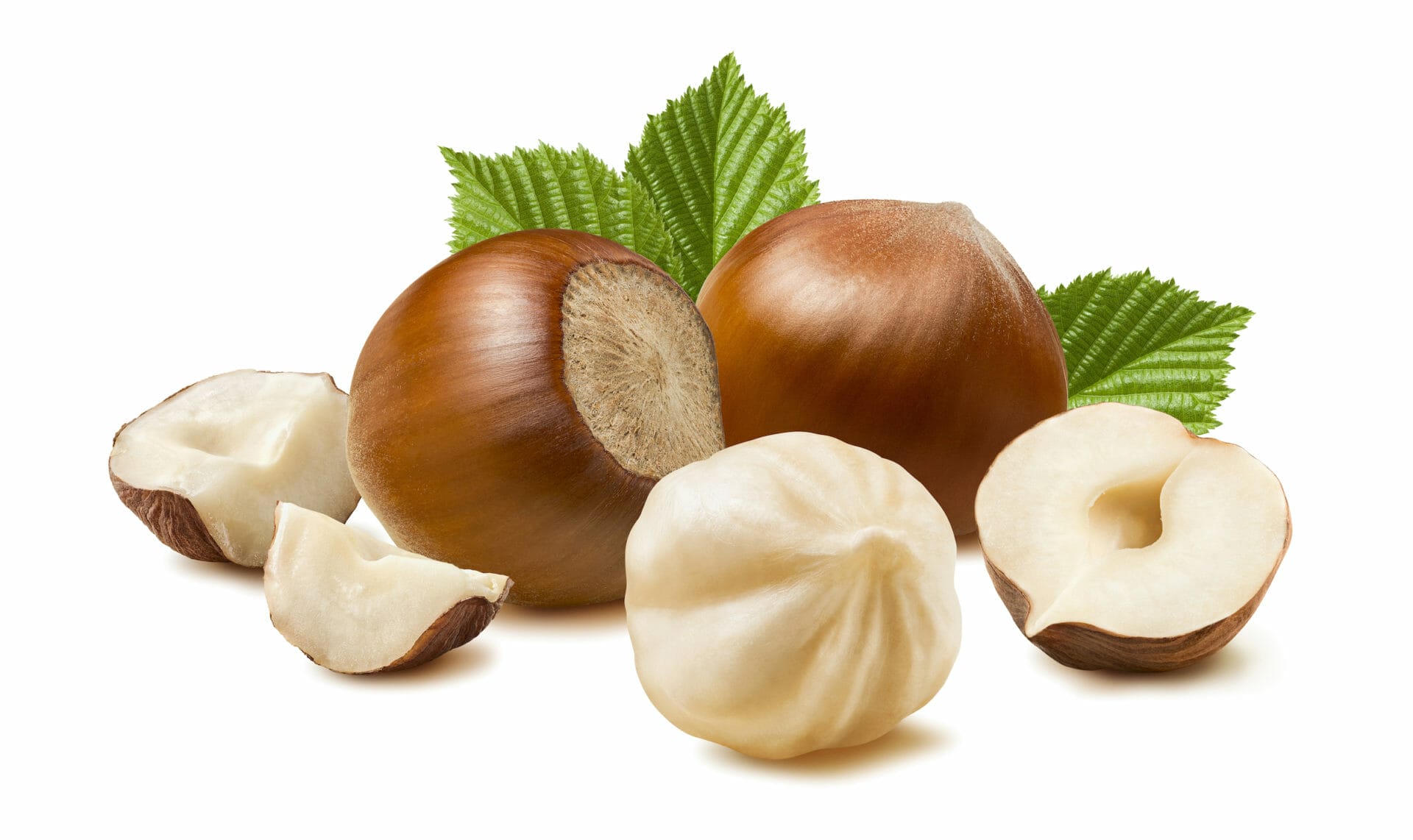
- Rich in monounsaturated fat
- Low in carbs
- Pleasant taste
- Omega-6:3 ratio of 90:1
- Moderately high in omega-6 fatty acids
When I grew up in Austria, we had a lot of hazelnuts — especially around Christmas time. After that, I didn’t eat hazelnuts for almost 20 years.
Like most nuts, hazelnuts are a good source of minerals and some B vitamins. They’re also very low in carbohydrates (with only two grams per ounce), and are high in monounsaturated fatty acids.
While their omega-6:3 ratio is moderately high (90:1), hazelnuts have less than 2.2 grams of linoleic acid per ounce. That makes them an excellent and arguably healthier alternative to the more popular almonds.
6. Almonds
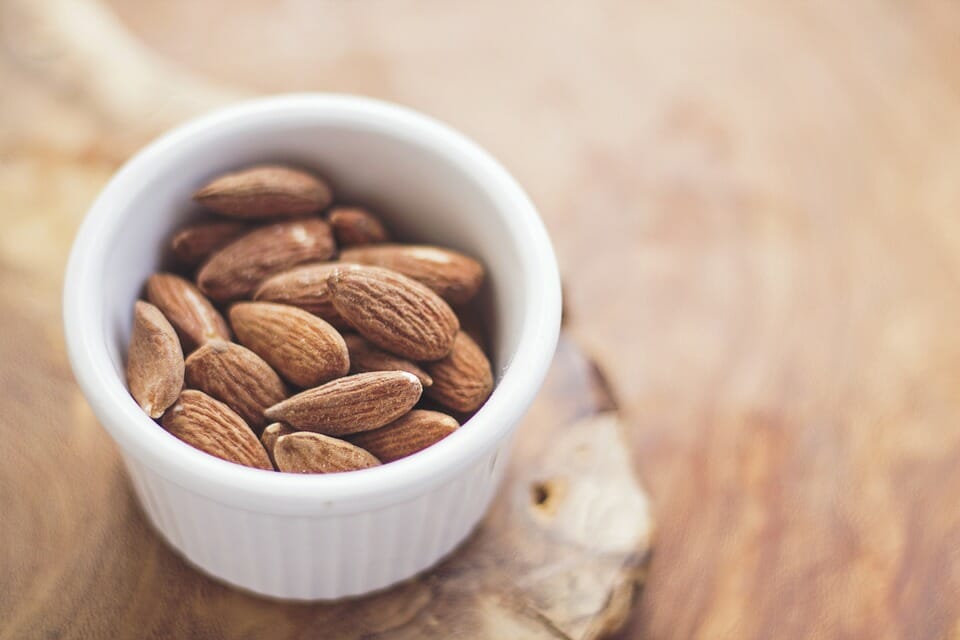
- Inexpensive
- Relatively low in carbs
- High omega-6:3 ratio of 1987:1
- Moderately high in omega-6 fatty acids
Almonds are the most popular tree nut in the U.S. In 2016, Americans consumed an average of 1.6 pounds of almonds, up from 0.25 pounds in 1970.
In comparison, the total tree nut consumption in 2016 was 3.69 pounds per person. So, almonds make up almost half of that.
Due to the huge market for almonds, you can get them relatively inexpensively (which further contributes to their popularity).
From a dietary perspective, almonds are higher in carbs than some of the other nuts I’ve discussed in this article. They’re also low in saturated fatty acids, which makes them less shelf-stable and prone to rancidity.
The major disadvantage of almonds is their incredibly high omega-6:3 ratio of 1987:1. That’s why almonds have fallen out of favor in our house a bit.
7. Walnuts
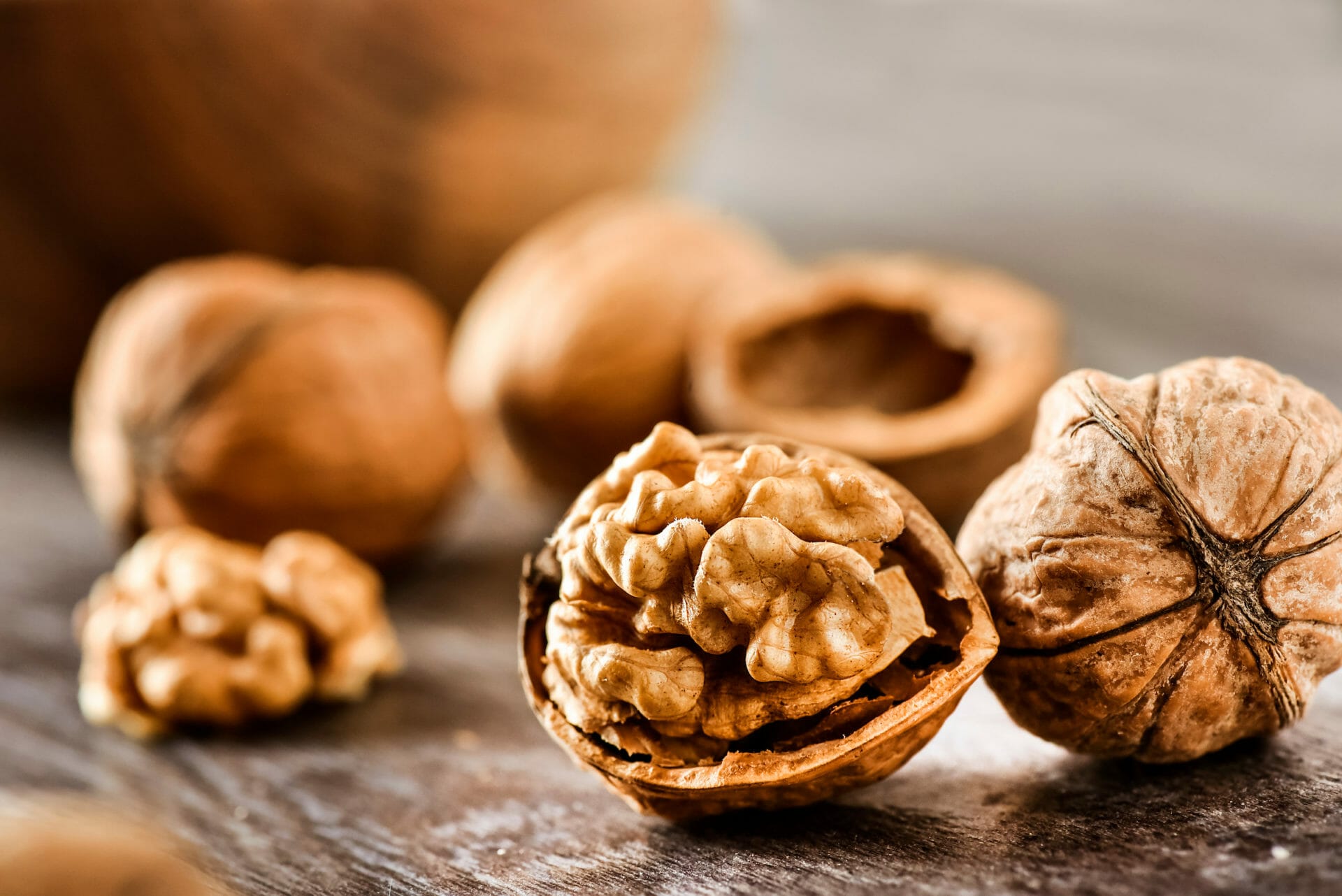
- High in antioxidants
- Low in carbs
- Omega-6:3 ratio of 16:1
- Very high in omega-6 fatty acids
Walnuts are part of the same family as hickories and pecans and are relatively low in carbs, with 84% of the energy they provide coming from fat.
Walnuts are also a good — albeit not great — source of micronutrients like magnesium, potassium and vitamin B6.
The primary downside of walnuts is their higher omega-6 to omega-3 ratio, combined with their incredibly high amounts of linoleic acid.
On the bright side, walnuts are also rich sources of antioxidants that provide some protection for those unstable polyunsaturated fatty acids.
8. Brazil Nuts
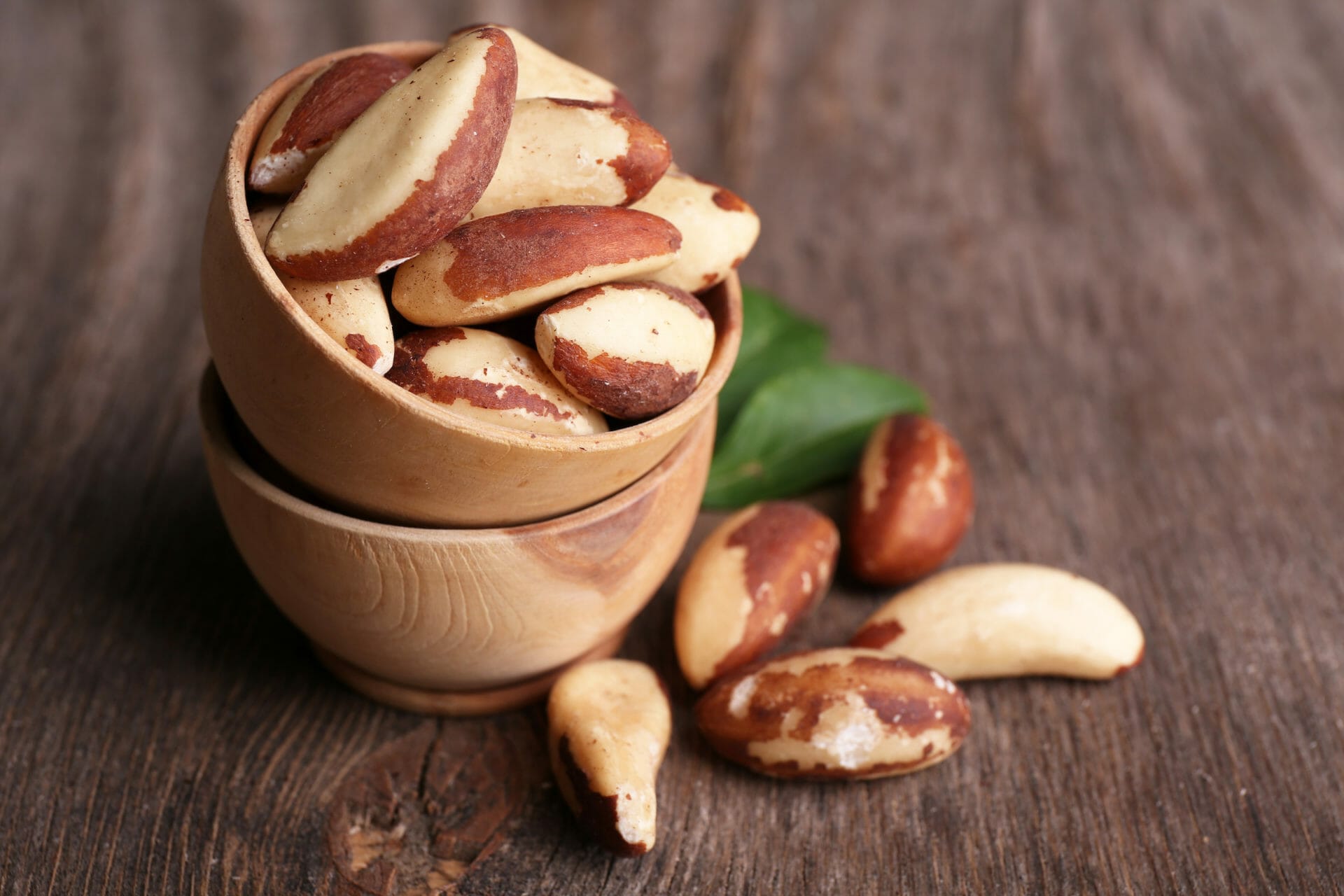
- Good source of magnesium
- Omega-6:3 ratio of 1000:1
- Moderately high in omega-6 fatty acids
The trees that Brazil nuts grow on are native to South America, as you might have guessed by the name.
What’s interesting about Brazil nuts is that they grow almost exclusively in pristine forests, because the large-body bees that pollinate them don’t like disturbed habitats.
Much like walnuts, Brazil nuts consist mostly of unsaturated fats, which makes them prone to rancidity and oxidation. They also have an unfavorable omega-6:3 ratio of 1000:1.
As a result, I usually stay away from Brazil nuts and consume them only in limited amounts.
9. Pistachios
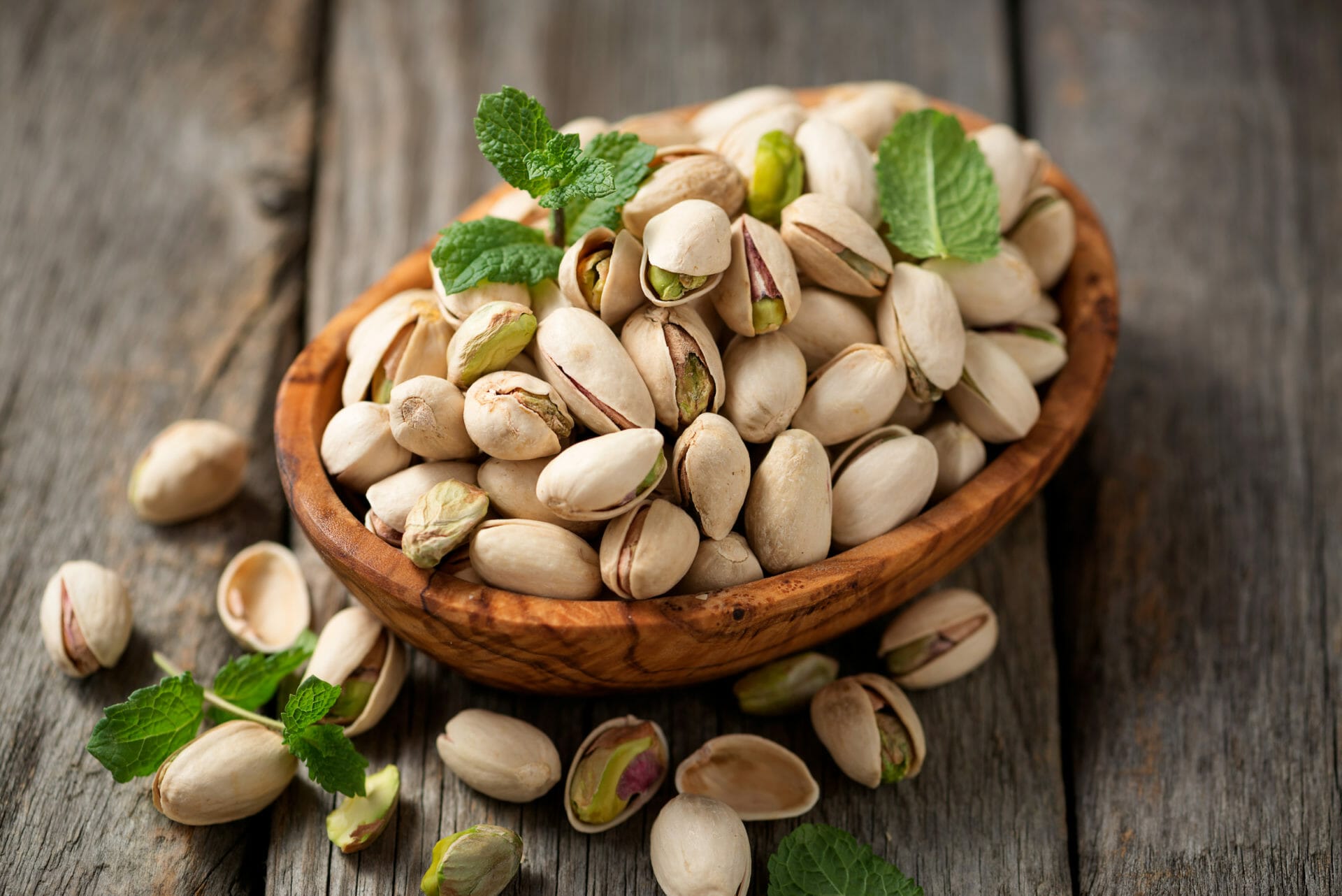
- Distinct taste
- Moderately high in carbs
- Omega-6:3 ratio of 52:1
When I was a kid, I loved pistachios and any products that contained them (including ice cream).
I still like how they taste, but these days pistachios give me a stomach ache if I eat too many of them.
While pistachios have fewer net carbs than cashews, they’re still not a great keto nut and overindulging in them can certainly kick you out of ketosis.
On the bright side, they have a lower omega-6:3 ratio than many other nuts and most of their fat comes from monounsaturated fatty acids.
10. Cashews
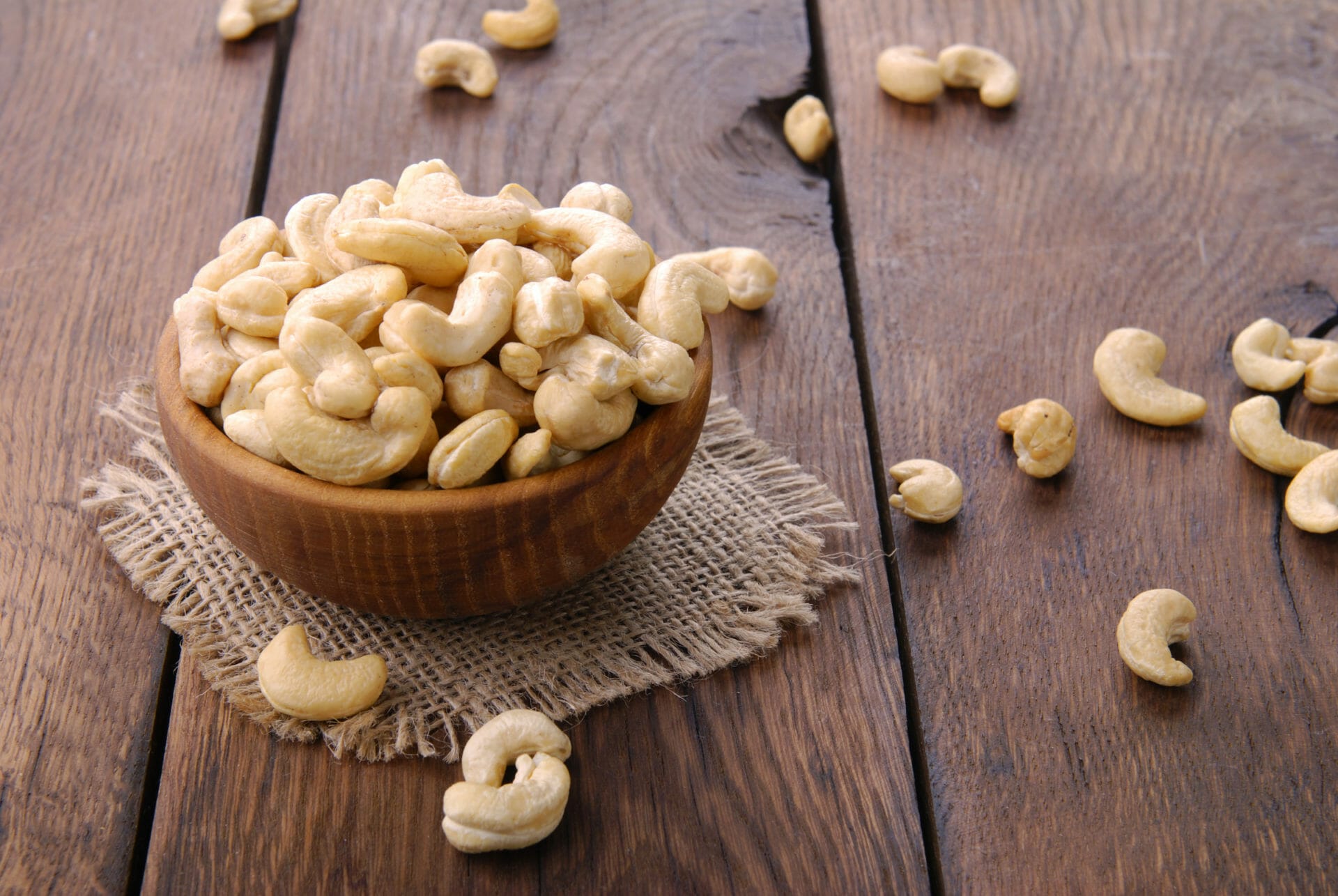
- Delicious taste and creamy texture
- Lower amount of polyunsaturated fatty acids
- High in carbs
- Omega-6:3 ratio of 125:1
Cashews are known as “the rich man’s nut” because they’re usually more expensive than other options.
Many people like cashews because they taste sweet. Plus, they’re creamy when ground into cashew butter. The primary reason why they’re so sweet is because of their relatively high sugar content.
The carbs in cashews make them less than ideal for someone following a ketogenic diet, because consuming only two to three ounces can kick you out of ketosis.
Besides their carb issue, cashews also have a higher omega-6:3 ratio of 125:1. However, unlike walnuts and Brazil nuts, most of the fat in cashews comes from monounsaturated fatty acids.
Top 7 Seeds on Keto
Besides nuts, most seeds are also excellent sources of fat and thus keto compatible. Unfortunately, seeds (and seed butter) also share most of the negative factors that we’ve discussed above, including antinutrients and omega-6 fatty acid concentrations.
So here’s a ranking of the best seeds you can have on a ketogenic diet, taking the above factors into account.
1. Flaxseed

Flaxseeds deserve the #1 spot on the list of best seeds for keto because one ounce has only 0.5 grams of net carbs, and because they’re loaded with omega-3. Even better, flaxseeds’ omega-6:3 ratio is 1:0.26!
One of the minor disadvantages of flaxseeds is that only 66% of their calories come from fat. That’s because flaxseeds are relatively high in carbs, most of which are fiber.
From a micronutrient perspective, flaxseeds are a good source of copper, manganese, magnesium, phosphorus and thiamin.
As with all seeds, try to use roasted, sprouted or fermented instead of raw or simply ground flaxseeds to reduce their antinutrient count. And stay away from flaxseed oil.
2. Sacha Inchi Seeds
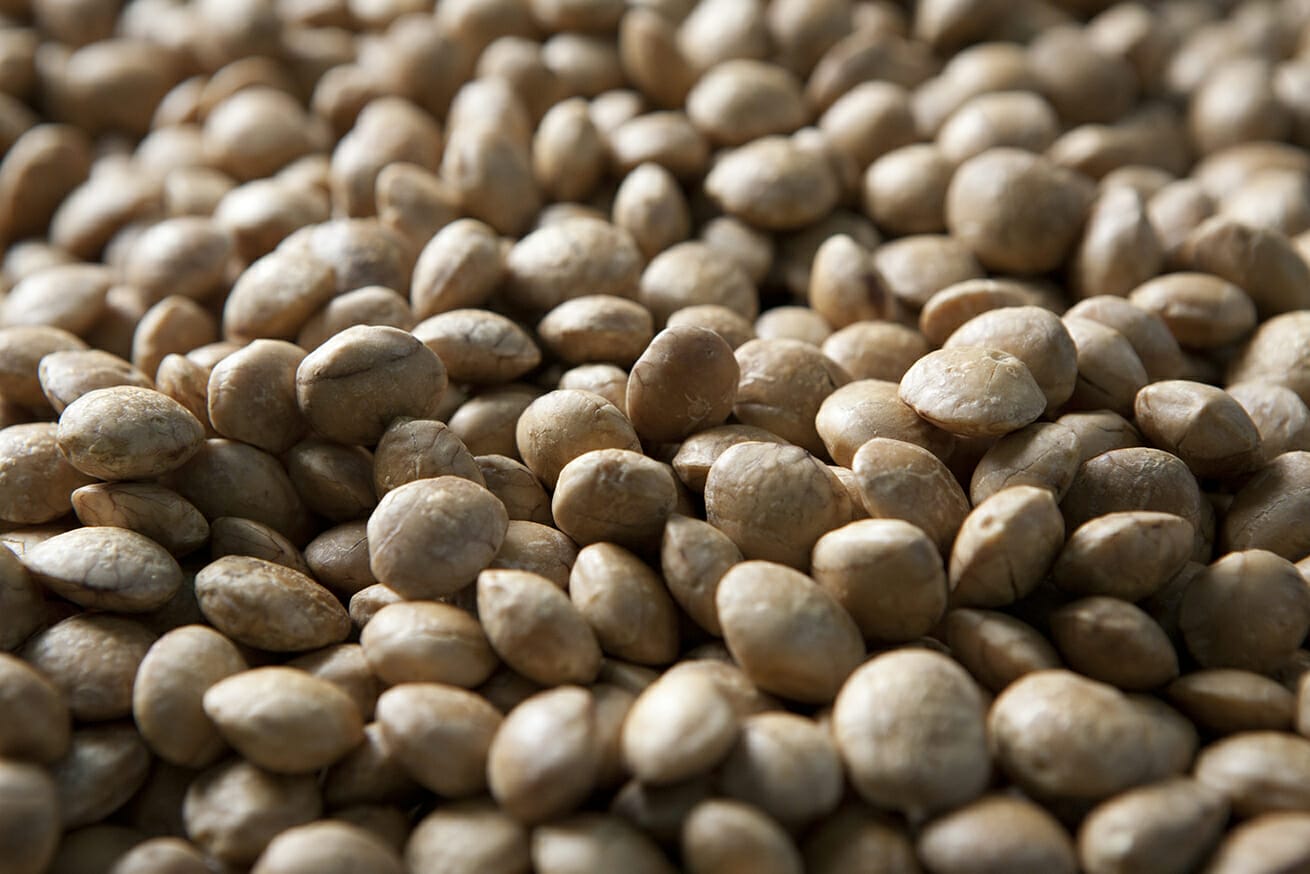
I first learned about sacha inchi — also known as star seed — when I attended the 2019 Paleo f(x) trade show.
What’s so incredible about sacha inchi is their impressive omega-6:3 ratio of 0.7:1. That’s right — sacha inchi has more omega-3s than omega-6s.
What’s more, the seed has zero grams of net carbs. In other words, they’re sugar-free, making them the perfect keto nut alternative on the market.
If you’ve never tried sachi inchi seeds, check out Starseed, a Brazilian company that sells various sachi inchi products on Amazon.
3. Chia Seeds
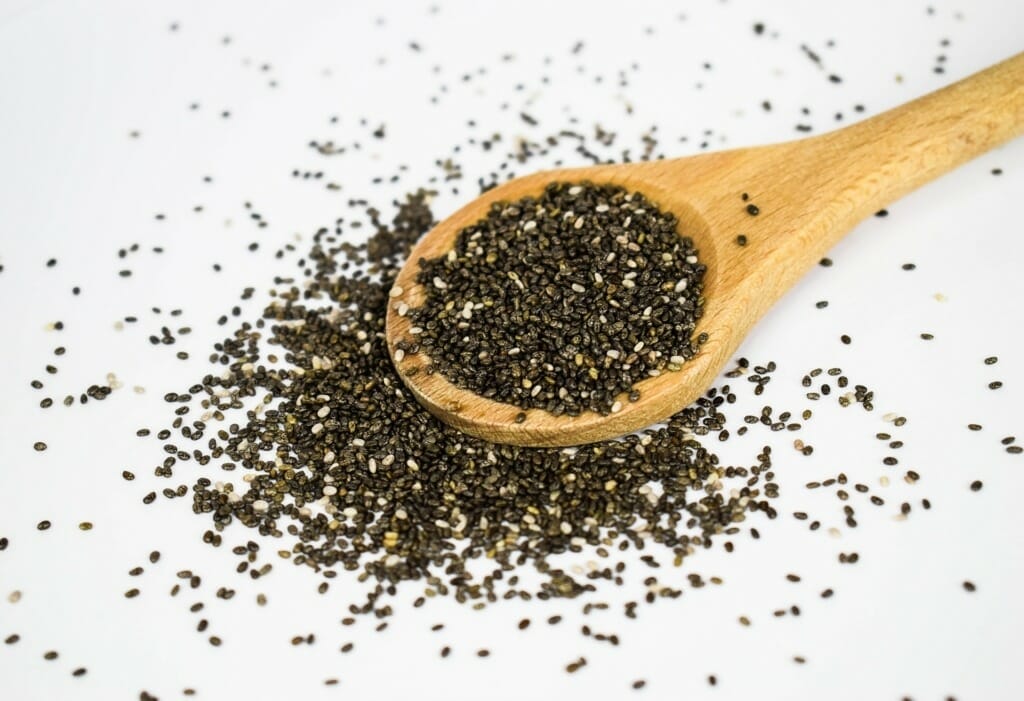
Chia seeds are popular on both the Paleolithic and ketogenic diets because most of their polyunsaturated fatty acids are omega-3s. As a result, chia seeds have an incredibly favorable omega-6 to omega-3 ratio of 1:0.33.
From a carbohydrate perspective, 1 ounce of chia seeds has only 1.7 grams of net carbs. That’s because of their high fiber content.
Many people in the health industry have called chia seeds a superfood. I don’t like that label because it’s often misleading and doesn’t show the full picture of a given food.
For example, chia seeds are incredibly high in antinutrients that bind to most of the nutrients in the seeds (and the foods you eat with them). The only way to mitigate that problem is by soaking or sprouting the seeds before consumption. But who does that?
The bottom line is that you can have chia seeds on keto, but as with all other nuts and seeds, don’t overdo it.
If you’ve never had chia seeds before, an easy and delicious way to try them is by making chia pudding. It’s one of the simplest desserts you can prepare.
Just grab a can of organic, unsweetened coconut milk and blend it with a few tablespoons of chia seeds. Then fill the mix into little containers and refrigerate them overnight. If you want some extra flavor, stir in some keto cocoa powder.
4. Sesame Seeds
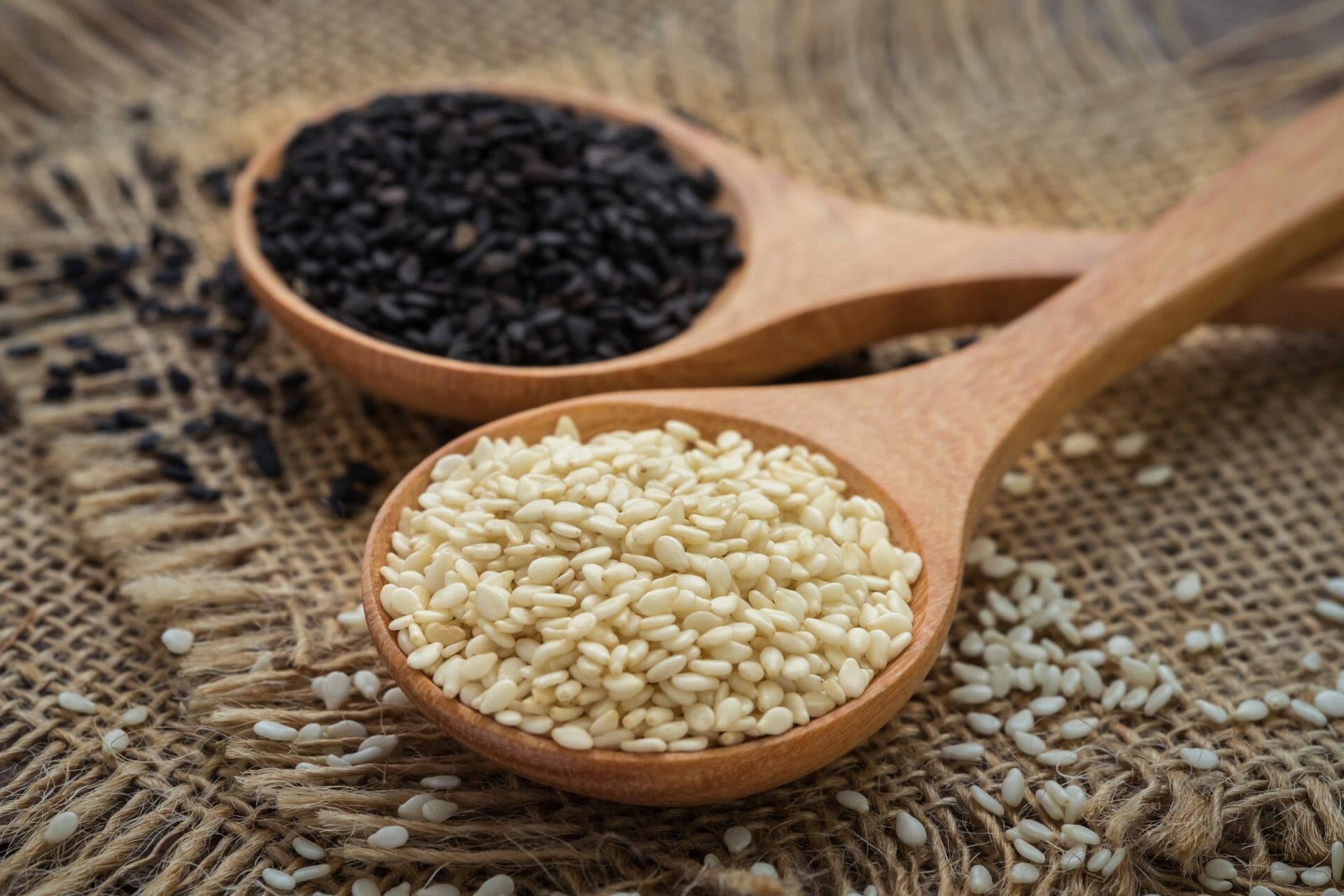
When I was a kid, my dentist kept sesame seeds in his waiting room for patients to snack on.
Looking back I don’t know why, because I don’t know who would eat seeds before getting dental work done. Maybe my memory is fading and those sesame seeds were just meant as a decoration.
From a dietary perspective, you should know that sesame seeds have moderate amounts of net carbs and a relatively unfavorable omega-6:3 ratio.
These are some of the reasons why we almost never consume them. The only time I’m exposed to sesame seeds — or to their oil, I should say — is when I eat at a Korean restaurant.
As I hope you know by know, sesame seed oil is no bueno and you should try to stay away from it.
5. Pumpkin Seeds
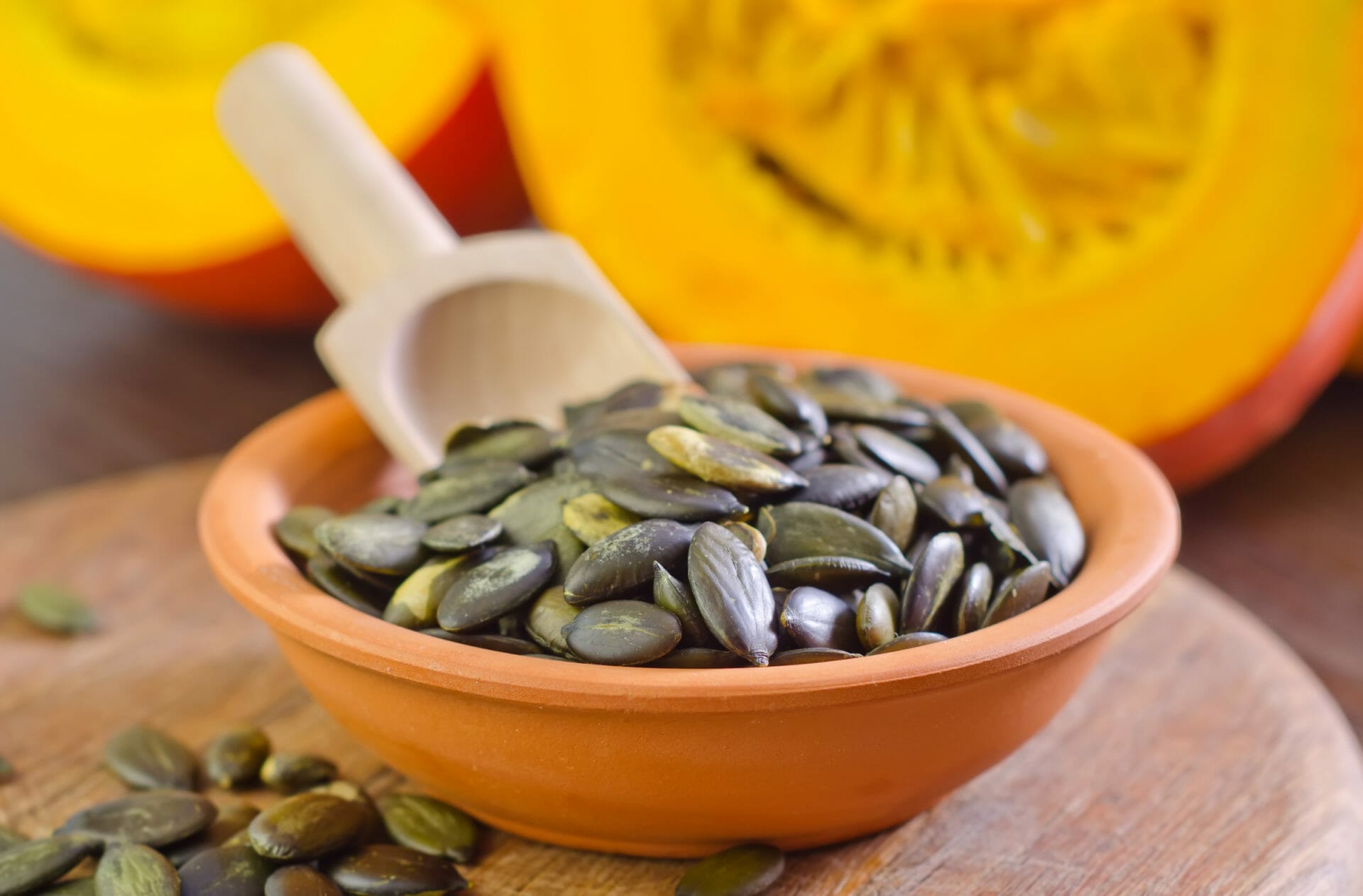
With 3.9 grams of net carbs per ounce, Pumpkin seeds are relatively high in carbs when compared to other seeds. While that’s lower than some of the nuts you’ve read about in this article, you shouldn’t overindulge.
The real reason why I’d recommend you limit your intake of pumpkin seeds is their omega-6 to omega-3 ratio of 114:1.
If you like to sprinkle those seeds on a salad, go ahead and do so. Just don’t eat them by the bag.
6. Sunflower Seeds
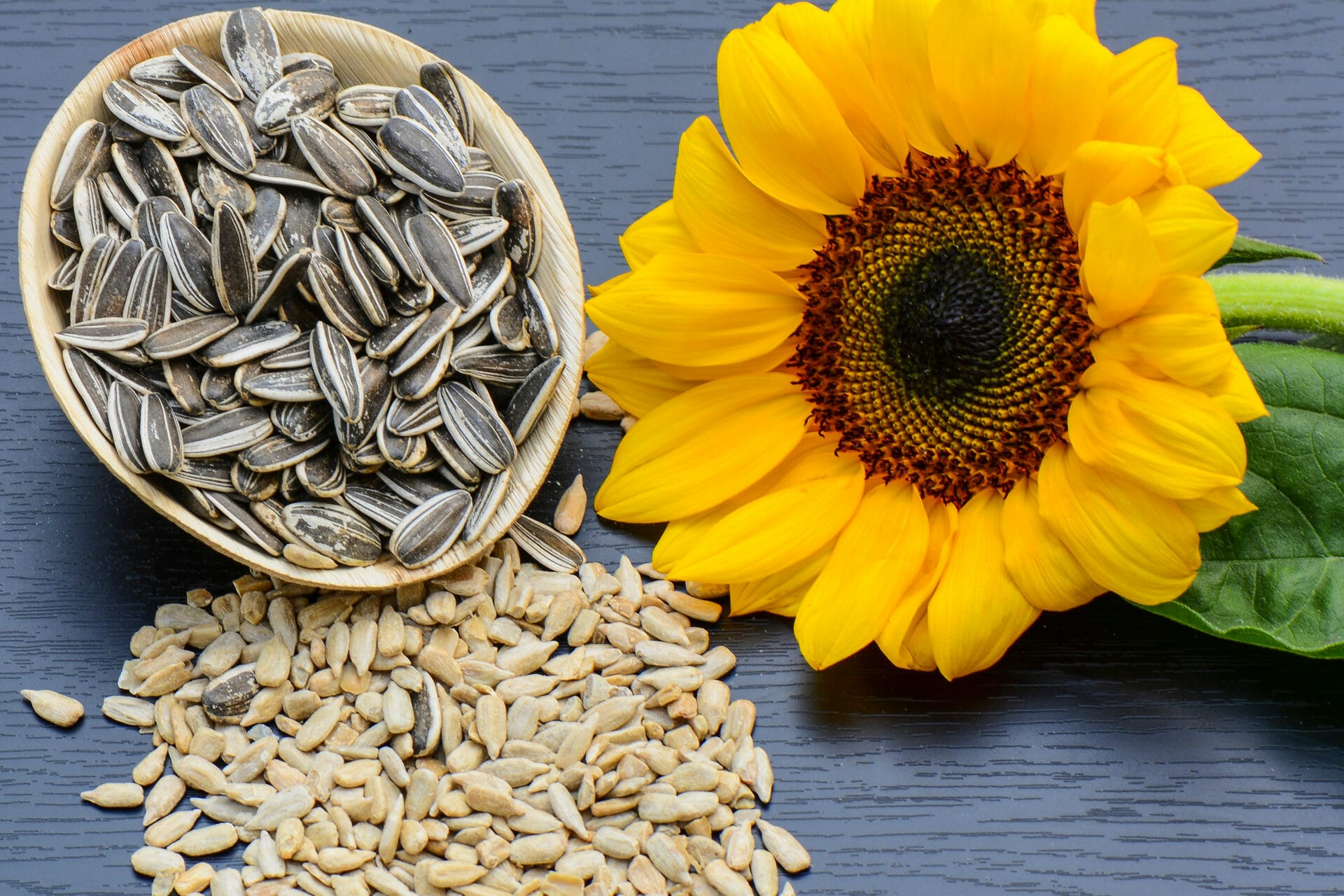
A lot of people ask if sunflower seeds are keto. Technically, they are keto-ish. One ounce of sunflower seeds has 3.9 grams of net carbs and 12.8 grams of fat. That means about 14% of their calories come from carbs.
That’s on the higher side for keto, but if you watch your carb intake for the rest of the day, you’ll be fine.
What makes sunflower seeds a food to stay away from in larger amounts is their high omega-6 content.
7. Pine Nuts
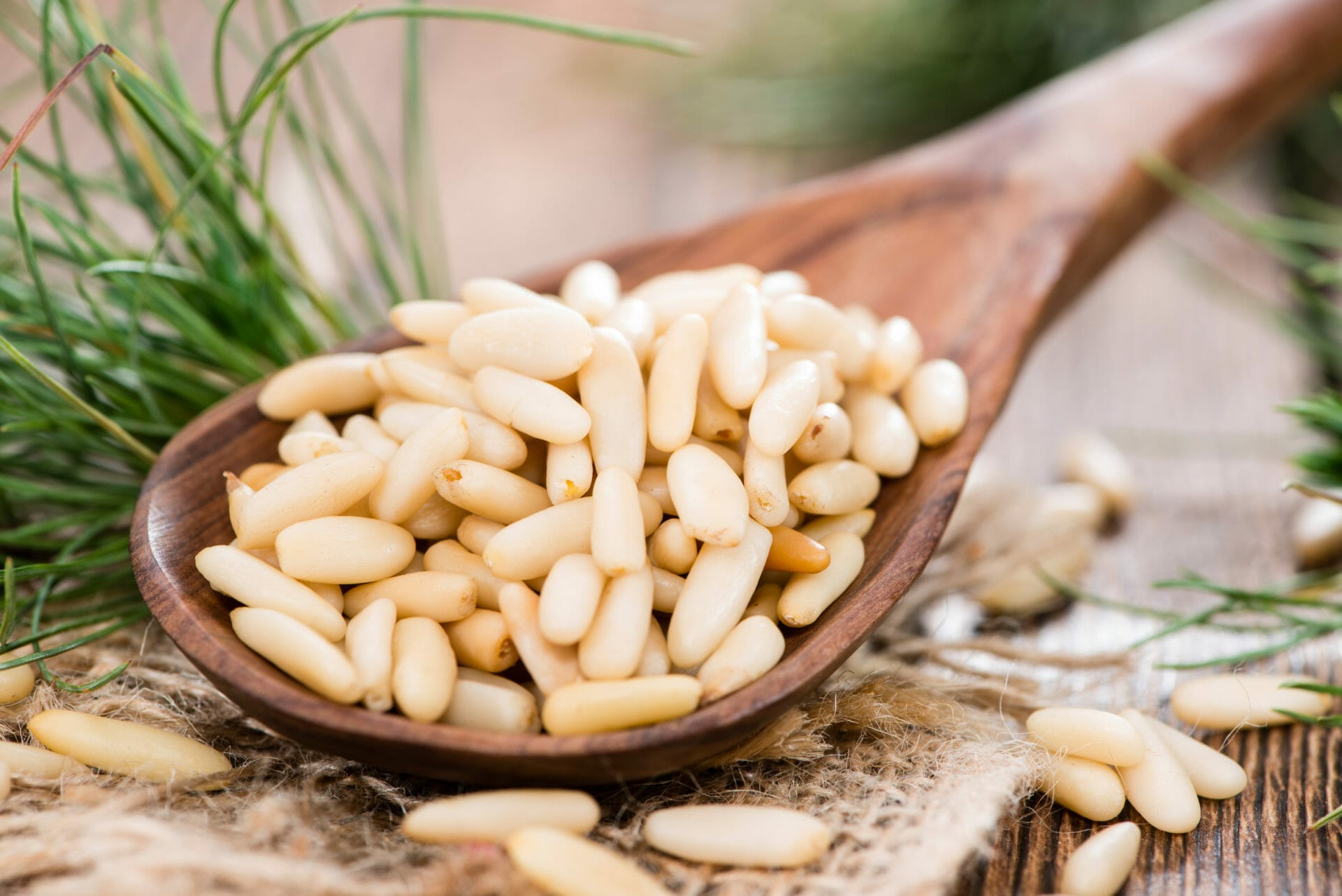
Despite their name, pine nuts aren’t nuts but seeds. And with only 2.7 grams of net carbs, they appear to be keto-friendly.
However, much like sunflower seeds, their high omega-6 to omega-3 ratio of 300:1 should disqualify them from having a permanent spot in your pantry — unless you roast or sprout them first.
Nuts and Seeds to Avoid on Keto
Most of my nut consumption is limited to nut butter. When I do eat whole nuts, I usually avoid cashews and chestnuts because of their high net carb count.
As far as seeds are concerned, I stick with flaxseed, sacha inchi and chia seeds, and stay away from sesame seeds, pumpkin seeds, sunflower seeds and pine nuts.
The one thing I categorically avoid is peanuts. And if you’ve read this far, you’re probably wondering why I haven’t talked about them yet.
First and foremost, peanuts aren’t nuts. But that’s not the real reason why I omitted them.
Continue reading to find out why peanuts (and peanut butter) shouldn’t have a place in your diet.
Why You Shouldn’t Have Peanuts on Keto (or Any Other Diet)
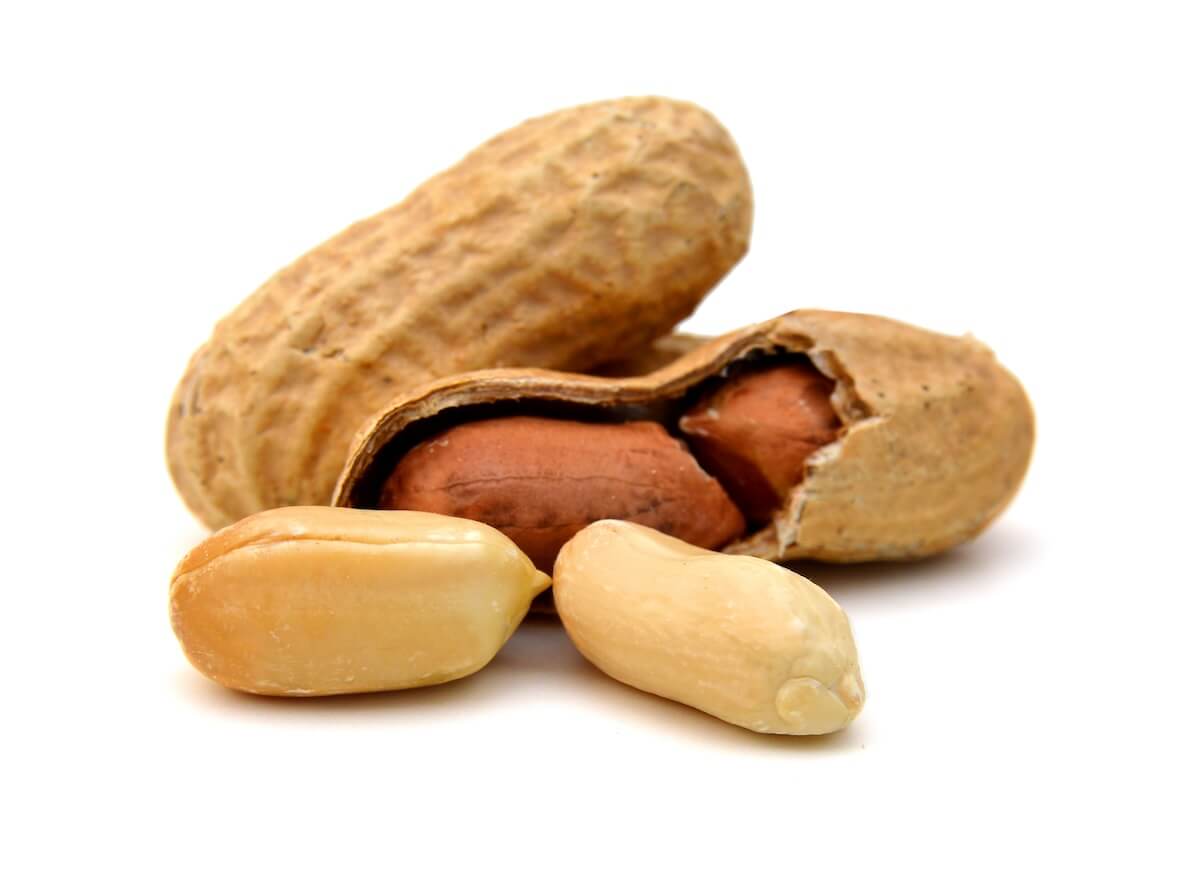
While having a handful of peanuts every so often won’t kill you, it’s worth understanding that peanuts aren’t healthy for the following reasons.
Peanuts are naturally covered in a poisonous and carcinogenic mold called aflatoxins. Since there is nothing growers can do to prevent aflatoxin contamination, the FDA introduced “safe limits.”
But that’s like saying that one cigarette a day won’t kill you. Maybe not tomorrow, but over time, it’ll damage your lungs.
The second issue with peanuts is their omega-6:3 ratio of 5444:1 — the highest of any “nut.”
Last but not least, peanuts — much like nuts — are rich a source of antinutrients, which hinder your body’s ability to absorb minerals.
I know peanuts and peanut butter taste great, and you can have either on occasion. But I’d avoid regular peanut consumption for the above reasons.
Frequently Asked Questions
The short answer is that the AHA is full of crap, and their recommendations and dietary guidelines are misguided, outdated and lack any real scientific grounding.
The official dietary guidelines from the past few decades have led to the health epidemic we’re facing today, with over 70% of Americans being overweight.
Based on the latest scientific evidence on dietary fat and human evolution, my recommendation is to take what the government tells you with a grain of salt, and to recognize that its recommendations are often based on a variety of factors, including economic and political factors.
Tree nuts have moderate to high amounts of protein but plant-based protein is, generally speaking, inferior to animal-based protein as far as absorbability and bioavailability are concerned.
That’s because plant-based sources of protein have an incomplete amino acid profile. My recommendation is to not rely on nuts as a significant source of protein.
Learn more in my article on plants vs. meat.
Nuts are naturally gluten-free. However, many products are manufactured in shared processing facilities, which is why many manufacturers warn about potential cross-contamination. If you have celiac disease, look for products that are certified gluten-free.
Yes, one ounce of chia seeds has 4,915 milligrams of omega-3 fatty acids. However, much like other seeds, chia seeds contain antinutrients that prevent your body from absorbing certain minerals from the food you eat.
That’s why I don’t recommend overindulging in chia seeds unless you soak or roast them before consumption.
No! Peanuts are legumes and not nuts and they’re covered in carcinogenic mold known as aflatoxin — a byproduct of storing and processing peanuts. I’d recommend staying away from peanuts because their cons clearly outweigh their pros.
You don’t need to eat nuts to lose weight. I’ve said numerous times already that losing weight is a byproduct of a healthy lifestyle, sufficient exercise and good sleep.
There is no single food that you have to or should eat to drop a few pounds. Just keep your healthy fat intake high and your carb intake low.
We use almond flour for baking as a healthier alternative to wheat flour. However, everything that I said above about almonds also applies to almond flour, so consume it in moderation.
Maybe, but that doesn’t matter because high LDL is not a problem. Check out this excellent video by Dr. Berg on why high LDL isn’t necessarily bad. It’s only bad if it’s because of a high-carb diet.
Should You Eat Nuts and Seeds on Keto?

The ultimate goal of a healthy dietary lifestyle is to reduce the risk of developing a chronic disease, such as cancer, cardiovascular heart disease, stroke, diabetes, Alzheimer’s and more.
Besides chronic inflammation, many of these diseases start with issues in the body’s glucose metabolism that leads to varying degrees of insulin resistance.
Moderation Is Key With Nuts and Seeds
Regardless of what your favorite nut is, the serving size is key because carbs add up. If you indulge in a bag of almonds with your daily afternoon coffee, your blood glucose levels spike requiring your pancreas to release insulin.
In the short term that means you’ll get kicked out of ketosis.
However, if that happens a lot, your body’s insulin sensitivity can decrease — the first step towards insulin resistance or Type 2 diabetes.
Besides their carbohydrate content, many nuts and seeds have unfavorable omega-3 to omega-6 ratios and contain antinutrients.
So my recommendation is to consume them in moderation and to listen to your body. In the Kummer family, we’ve made the observation that if we eat more than a handful of nuts, our stomachs get upset and we end up with loose stools. That’s true for my wife, our two kids and me. So listen to your body — it’ll usually tell you how much is too much.
My Top 4 Recommendations
- Treat nuts as occasional keto snacks rather than keto meal replacements.
- Stick with nuts that have a low carb count, such as macadamia or pili nuts.
- Consume nuts that are rich in omega-6 fatty acids in moderation.
- Consider substituting seeds for nuts, choosing ones that are high in omega-3 and low in omega-6 fatty acids (such as sacha inchi seeds).
Best Keto Nuts and Seeds: Final Thoughts
Eating healthy should be incredibly easy. But the overwhelming number of choices and often misleading dietary guidelines make that task unnecessarily complex.
When I first started with paleo several years ago, I thought that all paleo-friendly foods were healthy. Only later did I realize that’s not necessarily the case.
You can eat unhealthy food while remaining in ketosis just as easily as you can eat paleo-friendly food and maintain high blood sugar levels.
To make my life easier, I tend to only eat foods (including nuts and seeds) that are both paleo and keto. Unfortunately, that severely limits the nuts and seeds I can have.
But guess what? That’s how humans evolved over millions of years — on a limited amount of resources that our bodies became accustomed to.
So do your body a favor and don’t try to cheat evolution!

Michael Kummer is a healthy living enthusiast and CrossFit athlete whose goal is to help people achieve optimal health by bridging the gap between ancestral living and the demands of modern society.
Medical Disclaimer
The information shared on this blog is for educational purposes only, is not a substitute for the advice of medical doctors or registered dieticians (which we are not) and should not be used to prevent, diagnose, or treat any condition. Consult with a physician before starting a fitness regimen, adding supplements to your diet, or making other changes that may affect your medications, treatment plan or overall health. MichaelKummer.com and its owner MK Media Group, LLC are not liable for how you use and implement the information shared here, which is based on the opinions of the authors formed after engaging in personal use and research. We recommend products, services, or programs and are sometimes compensated for doing so as affiliates. Please read our Terms and Conditions for further information, including our privacy policy.
